Introduction: The Foundation of Financial Security
In an unpredictable world, insurance coverage serves as a critical safety net, offering financial protection against unforeseen events that could otherwise lead to significant expenses and hardship. For individuals and families across the USA, understanding various Insurance Coverage Types is not just about compliance, but about securing peace of mind and safeguarding assets. From the roof over your head to the vehicle you drive and the future of your loved ones, proper insurance planning is fundamental to managing risk and maintaining financial stability. This guide will explore the essential categories of personal insurance: home, auto, and life, providing clarity on what each type offers and how to make informed decisions for your unique circumstances.
Demystifying Insurance Coverage Types: Your Essential Guide
Insurance functions by transferring financial risk from an individual to an insurance company in exchange for regular payments, known as premiums. When a covered event occurs, the insurer provides compensation for losses, helping to mitigate the financial impact. The breadth of available insurance coverage types is vast, but for most US consumers, the primary focus lies within three core areas: home, auto, and life insurance. These categories are designed to protect against distinct risks, from property damage and liability claims to ensuring financial continuity for dependents after a policyholder’s passing. Understanding the specifics of each can empower you to build a comprehensive protection strategy.
Safeguarding Your Home: Understanding Home Insurance
Your home is likely one of your most valuable assets, making robust homeowners insurance indispensable. This coverage protects your dwelling and personal belongings against various perils while also providing liability protection. Standard homeowners policies, such as the common HO-3 (special form) policy, generally cover damage to your home from any cause not specifically excluded, while personal property is typically covered for listed perils. Other popular policy types include HO-5 (comprehensive form), which offers the broadest coverage for both dwelling and personal property, and HO-4 (renters insurance), specifically designed for tenants.
Key Components of Homeowners Insurance:
- Dwelling Coverage: This protects the physical structure of your home, including attached garages and permanent fixtures, against covered risks like fire, wind, and hail. It’s crucial to insure your home for its replacement cost, not its market value.
- Other Structures Coverage: Detached structures on your property, such as sheds or fences, are covered under this component, typically at a percentage of your dwelling coverage.
- Personal Property Coverage: This safeguards your belongings—furniture, electronics, clothing—against theft or damage. Many policies offer coverage for your possessions even when they’re away from your home. For high-value items like jewelry or art, a special “floater” or endorsement may be necessary to ensure adequate protection.
- Loss of Use Coverage (Additional Living Expenses): If a covered event makes your home uninhabitable, this coverage helps pay for temporary living expenses like hotel stays and meals while your home is being repaired.
- Personal Liability Coverage: This protects you financially if you are found legally responsible for bodily injury or property damage to others, including incidents involving your pets.
- Medical Payments Coverage: This covers minor medical expenses for guests injured on your property, regardless of fault.
It’s important to note that standard homeowners policies typically exclude damage from floods and earthquakes, requiring separate policies for these risks. For those in hurricane-prone regions, understanding your hurricane deductible, often a percentage of your dwelling coverage, is critical for anticipating potential out-of-pocket costs.
On the Road Protection: A Look at Auto Insurance Coverage
Auto insurance is a legal requirement in most US states and a vital tool for protecting yourself and others on the road. It provides financial security against physical damage to your vehicle, bodily injury to others, and medical expenses resulting from traffic collisions. The minimum required car insurance by state varies, but most basic policies include several key coverages:
Essential Auto Insurance Coverages:
- Bodily Injury Liability: This covers medical expenses and lost wages for other people if you are at fault for an accident.
- Property Damage Liability: This pays for damage you cause to another person’s vehicle or property in an accident.
- Collision Coverage: This covers damage to your own vehicle resulting from a collision with another car or object, regardless of fault.
- Comprehensive Coverage: This protects your car from damage not caused by a collision, such as theft, vandalism, fire, natural disasters, or hitting an animal.
- Uninsured/Underinsured Motorist (UM/UIM) Coverage: This is crucial coverage that protects you and your passengers if you are involved in an accident with a driver who has no insurance or insufficient coverage to pay for your damages.
- Personal Injury Protection (PIP) / Medical Payments (MedPay): These cover medical expenses for you and your passengers after an accident, regardless of fault. PIP may also cover lost wages.
While state minimums are legally required, they often fall short of providing adequate financial protection in a serious accident. Many insurance professionals recommend significantly higher liability limits to safeguard your assets. Factors influencing auto insurance premiums include your driving record, the type of vehicle, and your location. Beach Insurance LLC can help you navigate these options and understand the minimum required car insurance by state to find a policy that balances protection with affordability.
Planning for Tomorrow: The Essentials of Life Insurance
Life insurance is a cornerstone of responsible financial planning, designed to provide financial security for your loved ones after your passing. It ensures that your beneficiaries receive a sum of money, known as a death benefit, to help cover expenses, replace lost income, and maintain their quality of life. The two main categories of life insurance are term life and permanent life.
Types of Life Insurance Policies:
- Term Life Insurance:
- Coverage: Provides coverage for a specific period (e.g., 10, 20, or 30 years).
- Cost: Generally more affordable than permanent life insurance, with fixed premiums for the chosen term.
- Cash Value: Does not build cash value.
- Best For: Covering specific, finite financial obligations like a mortgage or childcare costs during your prime earning years.
- Permanent Life Insurance: This category includes several types, all designed to provide lifelong coverage and typically accumulate cash value.
- Whole Life Insurance: Offers guaranteed premiums, a guaranteed death benefit, and a cash value component that grows at a fixed rate over time.
- Universal Life Insurance: Provides flexibility in adjusting premiums and death benefits, with a cash value component that earns interest (though not always guaranteed).
- Variable Life Insurance: Allows policyholders to invest the cash value in various sub-accounts, offering potential for higher growth but also greater risk.
- Final Expense Insurance (Burial Insurance): A smaller whole life policy designed specifically to cover funeral, burial, and other end-of-life costs.
Factors like age, health, lifestyle, and the presence of dependents significantly influence life insurance premiums and the type of policy that is right for you. Understanding your options, such as the differences between term life vs. whole life insurance, is crucial for making a decision that aligns with your long-term financial goals and provides peace of mind for your family’s future.
Choosing Your Coverage: Tips for Making Informed Decisions
Selecting the right Insurance Coverage Types can feel daunting, but a systematic approach can simplify the process. Here are some tips for making informed decisions:
- Assess Your Needs: Start by evaluating your current financial situation, assets, debts, and dependents. Consider what financial obligations would arise if you faced a major property loss, an auto accident, or your family had to cope without your income. This assessment is fundamental to understanding how much coverage you truly need.
- Understand Policy Components: Familiarize yourself with the core components of each insurance type. Knowing what dwelling coverage, liability, collision, comprehensive, and death benefits entail will help you compare policies effectively.
- Compare Quotes: Don’t settle for the first quote. Obtain multiple quotes from different insurers to compare coverage, limits, and premiums. A lower premium might come with higher deductibles or fewer benefits, so always scrutinize the details.
- Consider Deductibles: Your deductible is the amount you pay out-of-pocket before your insurance coverage kicks in. A higher deductible typically means a lower premium, but ensure you can comfortably afford the deductible amount if a claim arises.
- Review Exclusions and Endorsements: Understand what your policy *doesn’t* cover (exclusions) and what additional coverages (endorsements or riders) you can add to tailor your policy to specific risks, like flood or earthquake insurance for your home.
- Seek Expert Advice: Insurance professionals can provide personalized advice tailored to your unique circumstances. They can help clarify complex terms, identify potential gaps in your coverage, and recommend suitable policies.
Partnering with Beach Insurance LLC for Your Protection
At Beach Insurance LLC, we are committed to simplifying the process of securing appropriate personal insurance for our clients across the USA. We understand that navigating the various Insurance Coverage Types—whether for your home, car, or life—requires clear information and trusted guidance. Our experienced team works diligently to research and propose company products that meet your specific needs, ensuring you receive comprehensive protection at a competitive price. Your security and the financial well-being of your family are our top priorities. We strive to build long-term relationships by offering the advice and support you deserve, helping you confidently face life’s uncertainties with a solid foundation of financial security. Our goal is to empower you with the knowledge and resources to make the best insurance decisions, ensuring you have coverage you can count on when it matters most.
Ready to secure your future? Visit our Contact Us page to get started!






